Recovering Encrypted Data Without Paying the Ransom
The Rising Threat of Ransomware Attacks: Setting the Stage for Data Recovery Dilemmas
In today’s digital landscape, the security threats that businesses and individuals face are becoming increasingly sophisticated and damaging. Among the myriad of threats, ransomware attacks have emerged as a particularly prevalent and disruptive form of cybercrime. At Alvaka, we understand the gravity of this situation and the profound impact it can have on our clients. Ransomware can bring businesses to a standstill by locking away critical data, often demanding substantial sums of money for its release. This sets a challenging dilemma for victims: to pay or not to pay the ransom. Recovering encrypted ransomware data without yielding to the demands is a complex process, but it’s a path that can help deter future attacks and maintain the integrity of one’s data and values.
Understanding Ransomware: How Data Becomes Encrypted and Held for Ransom
Ransomware is a type of malware that infiltrates systems, often surreptitiously, and encrypts files, rendering them inaccessible. The infection can spread quickly across a network, locking away valuable data within minutes. Cybercriminals then demand a ransom, typically in cryptocurrency, in exchange for a decryption key. This digital extortion creates a precarious situation; paying the ransom not only funds criminal activity but also offers no guarantee that access will be restored or that the data hasn’t been compromised. At Alvaka, we emphasize the importance of understanding these risks and strive to provide secure solutions to recover data without submitting to these nefarious demands.
Recovering Encrypted Ransomware Data: An Overview of Possible Solutions
Even amidst the distressing scenario of a ransomware attack, hope is not lost for recovering encrypted ransomware data. Crafting a strategic response plan can make all the difference in overcoming the situation. As industry experts, we at Alvaka focus on empowering our clients through education and resilience. We offer a suite of possible solutions tailored to the unique needs of each case, ensuring the best chance for data recovery while upholding the highest security standards. Recovering from a ransomware attack is challenging, but with the right expertise and approach, it is an attainable goal that can significantly mitigate the attack’s impact on your business operations.
Recovering Encrypted Ransomware Data: Assessing the Attack
Identifying the Extent of a Ransomware Breach
When responding to a ransomware attack, the first and most critical step we take is to evaluate the scope of the breach. At Alvaka, our seasoned IT professionals meticulously analyze the affected systems to determine how the ransomware infiltrated the network and which resources are compromised. Recognizing the breadth of the attack is not only vital for immediate containment but also pivotal for devising a strategic approach to data recovery. During this phase, it is our priority to prevent further encryption and limit downtime to maintain business continuity.
Initial Response to Contain the Incident
We understand the urgency of swift action following a ransomware attack. Our initial response includes isolating infected machines and securing network endpoints to halt the spread of the malicious software. As we navigate through this process, we ensure to document every step taken, facilitating a transparent and effective recovery effort. Quick identification and isolation help limit the damage and prop up the recovery phase, enabling a more focused approach toward restoring your data and operations.
Strategizing Data Recovery Options
Once the immediate threat is contained, we transition into strategizing the recovery of encrypted data. We diligently explore every avenue that can avoid capitulating to ransom demands while aiming to restore systems to their pre-attack status. This often involves leveraging backups or employing decryption tools, tailored to the specific ransomware variant.
Engaging with Stakeholders
One of the crucial aspects of managing a ransomware attack is communication. We actively engage with stakeholders, from executive management to IT teams, updating them about the situation and the steps being undertaken. Clear and regular communication maintains transparency, builds trust, and prepares everyone for the tasks ahead as we work towards recovering encrypted ransomware data.
- Evaluate the spread of the ransomware to understand which systems and files are affected.
- Isolate infected devices to contain the ransomware and prevent further damage.
- Engage relevant stakeholders and notify them about the breach and the response plan.
- Institute monitoring protocols to ensure no remnants of the ransomware remain post containment.
- Assess the viability of backups and recovery solutions to restore encrypted data.
- Investigate decryption tools and services that might be capable of unlocking the encrypted files without paying the ransom.
Investigating Backups and Decryption Tool Availability
Our response plan includes a thorough investigation of available backups. These backups are crucial for recovering encrypted ransomware data in a secure manner. We evaluate the integrity and recency of the backups to confirm they are not also compromised and contain the most up-to-date information. Additionally, we explore the availability of decryption tools, which in some cases may offer an alternative to paying a ransom, especially for known ransomware variants for which decryption keys have been made public.
Did you know? Swiftly disconnecting infected devices can limit the spread of ransomware, potentially isolating the threat and safeguarding unaffected data.
Ensuring Comprehensive Protection Across Your Network
Confronting a ransomware attack can be a harrowing experience for any organization. The urgency to restore operations and the pressure to meet ransom demands can cloud judgment and lead to decisions that may not be in the best interest of your business. At Alvaka, we emphasize the significance of resilience and preparation. By adopting robust security measures and establishing comprehensive response plans, businesses can fortify their defenses against these pernicious threats.
In the event of an attack, the key to ransomware recovery lies in a methodical approach, beginning with a thorough assessment of the breach and culminating in the meticulous restoration of encrypted data. Recovering encrypted ransomware data demands expertise and an unwavering commitment to reinstating your systems and data integrity without capitulating to the whims of cybercriminals.
Commitment to Excellence in Data Recovery and Security
Owing to the dynamic nature of cyber threats, recovering encrypted ransomware data is not merely a one-time service but an ongoing commitment to your organization’s cybersecurity stance. Our team at Alvaka is dedicated to providing continuous support and advisement, ensuring that your business remains one step ahead of potential attacks. We advocate for a proactive approach, which involves regular backups, employee education, and the deployment of cutting-edge security solutions.
We understand the complexities involved in recuperating from such disruptions. Hence, our ransomware recovery tactics are designed to minimize downtime and facilitate a swift return to normalcy. Recovering encrypted ransomware data requires a multifaceted strategy, considering not only the technical aspects but also the regulatory and business continuity implications. Our services are tailored to address these factors expertly, offering our clients peace of mind and the assurance of a trusted partner in their hour of need.
Strategies for Building a Resilient Security Infrastructure
As we move forward, it is clear that the threat landscape will only intensify. However, the key to triumphing over ransomware is not only in the response but also in prevention. Building a resilient, future-proof security posture is integral to the longevity and success of any business. This involves embracing a culture of security awareness, investing in the right technologies, and gaining from strategic partnerships that prioritize your data security. At Alvaka, our vision is to empower clients with the knowledge and tools required to protect what is most valuable to their businesses—their data.
Enhancing your cybersecurity measures and reinforcing your team’s ability to manage these threats effectively is a journey we are committed to embarking on alongside you. Recovering encrypted ransomware data is an essential service we take pride in offering, but beyond that, we aim to become your trusted ally in an unpredictable digital world. Together, we can achieve more than just recovery; we can ensure your organization’s resilience in the face of adversity.
FAQ
What exactly is ransomware, and how does it affect my data? ▼
Ransomware is a type of malicious software designed to block access to a computer system or data until a sum of money is paid. When ransomware infects your system, it typically encrypts your files, rendering them inaccessible. Cybercriminals then demand a ransom, often in cryptocurrency, for the decryption key.
How does ransomware spread and infect systems? ▼
Ransomware can spread through various methods, including phishing emails, malicious websites, or exploiting vulnerabilities in software. Once an attacker has successfully tricked a user into executing the malware, it can quickly encrypt files and spread across the network to maximize its impact.
Can we recover the encrypted data without paying the ransom? ▼
Yes, in some cases, it is possible to recover encrypted data without paying the ransom. Our team can explore various data recovery techniques, utilize decryption tools, or restore from backups. However, the feasibility of these options depends on several factors, such as the type of ransomware and the state of your backups.
What are the risks associated with paying the ransom to cybercriminals? ▼
Paying the ransom comes with significant risks. Firstly, there is no guarantee that you will actually receive the decryption key after payment. Additionally, paying the ransom can encourage cybercriminals to target you or others again. Financially supporting these attackers further perpetuates the cycle of ransomware attacks.
What should we do immediately after a ransomware attack is detected? ▼
Immediately after detecting a ransomware attack, you should disconnect infected devices from the network to prevent further spread. Subsequently, we advise conducting an assessment to understand the scope of the attack and contacting a professional cyber security team to aid in the response and recovery process.
How does Alvaka approach the recovery of encrypted ransomware data? ▼
At Alvaka, we begin by assessing the attack’s scope and identifying the ransomware strain. Based on this analysis, we then explore all available recovery options, which include deploying decryption tools, leveraging weaknesses in the malware, or restoring data from uninfected backups.
Should we notify law enforcement after a ransomware attack? ▼
Yes, it is generally advisable to report a ransomware attack to law enforcement as soon as possible. They can provide resources and may assist with investigation and recovery efforts. Moreover, your information might contribute to a broader understanding of ransomware attacks and help protect others.
How do we prevent future ransomware attacks? ▼
To prevent future ransomware attacks, we recommend implementing robust security protocols, such as regular software updates, employee training on cybersecurity best practices, and maintaining up-to-date backups. It’s also crucial to employ a layered defense strategy, including firewalls, anti-malware software, and intrusion detection systems.
Are there any decryption tools available for ransomware victims? ▼
Yes, there are decryption tools available for some ransomware variants. These tools are typically developed by cybersecurity researchers and can be a viable option when dealing with certain types of ransomware that have been successfully decrypted in the past. We can help determine if a tool is available for your particular situation.
What backup strategies are effective against ransomware attacks? ▼
Effective backup strategies against ransomware attacks involve keeping offline, or air-gapped, backups that are not connected to your network. Additionally, implementing a regular backup schedule and testing the integrity of these backups is crucial. This ensures that you have a recent and reliable data copy to restore from in case of an attack.

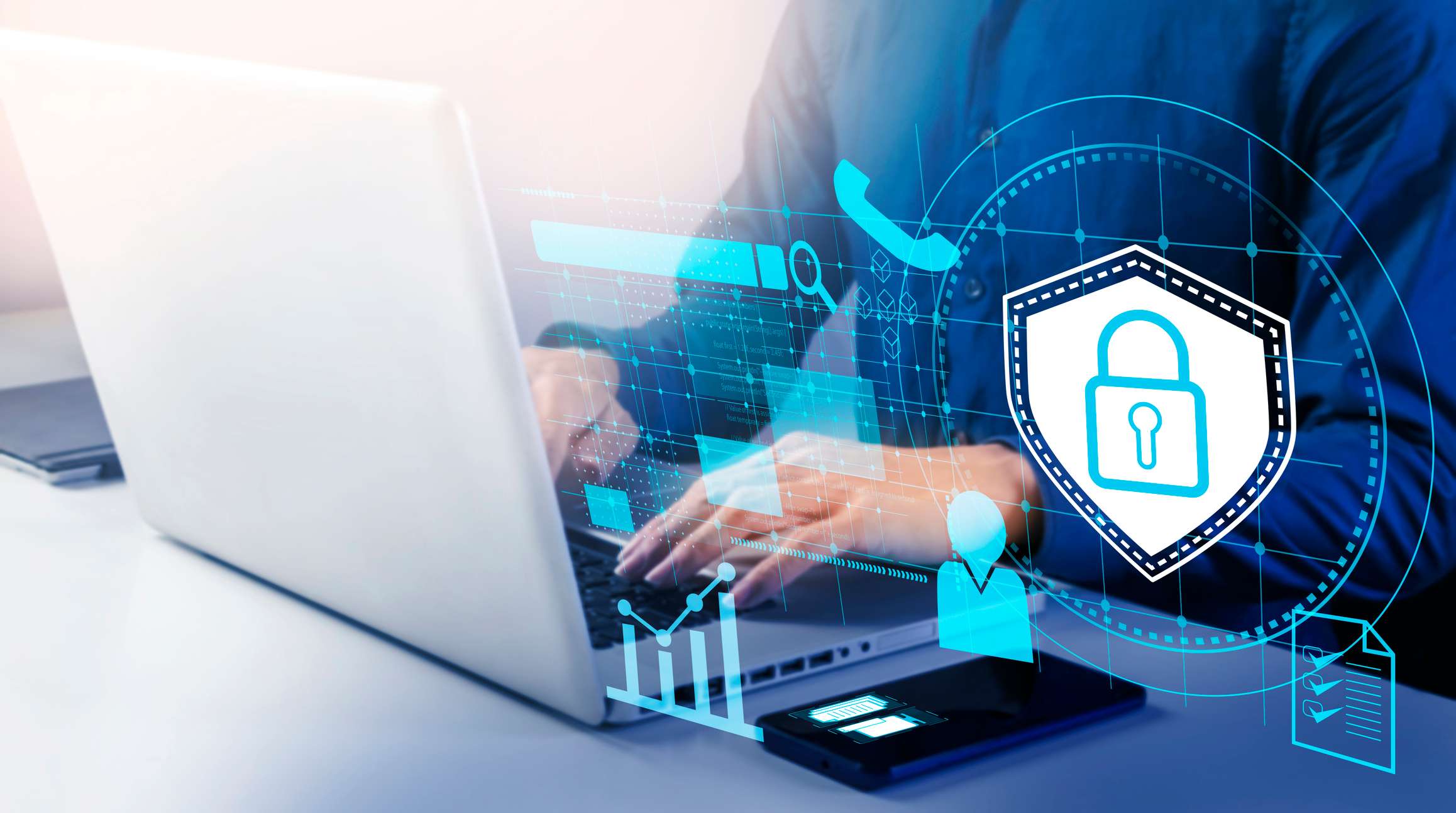
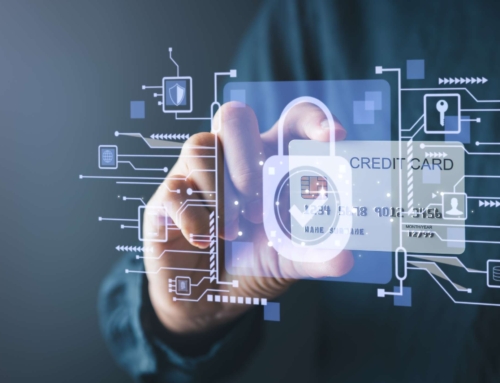
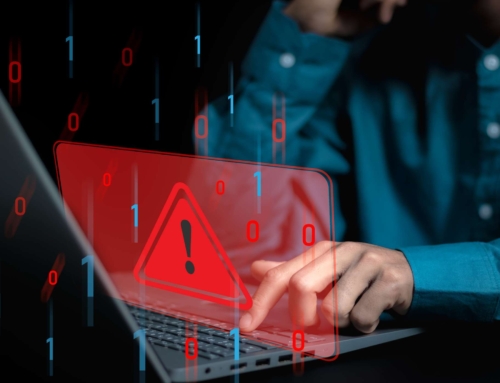
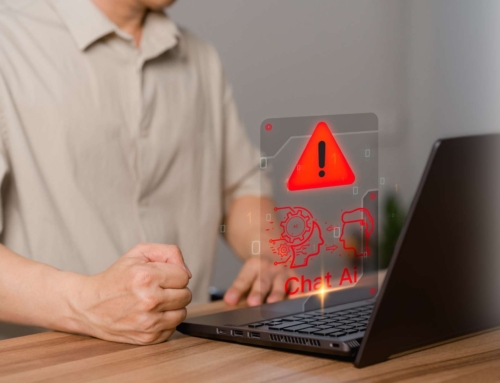
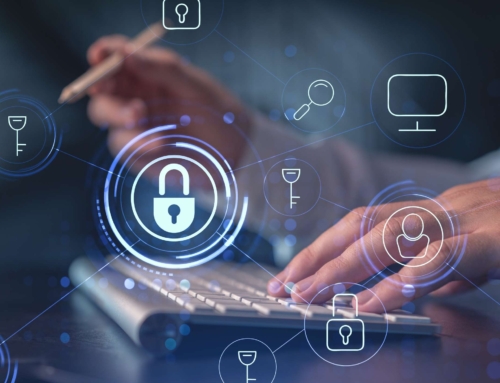


 Smoke testing is a term used to describe the testing process for servers after patches are applied.
Smoke testing is a term used to describe the testing process for servers after patches are applied.  This is a basic cost calculator for you to compute your typical monthly cost for patching your servers, PCs, laptops, tablets and associated application software. It also forms the basis for you to begin calculating your Return on Investment for software patching, or for comparison with alternatives to the manual process of patching operating systems and application software—such as Patch Management as a Service, also known as Vulnerability Management as a Service.
This is a basic cost calculator for you to compute your typical monthly cost for patching your servers, PCs, laptops, tablets and associated application software. It also forms the basis for you to begin calculating your Return on Investment for software patching, or for comparison with alternatives to the manual process of patching operating systems and application software—such as Patch Management as a Service, also known as Vulnerability Management as a Service.